How to Undress a Marquess
Arundel Castle
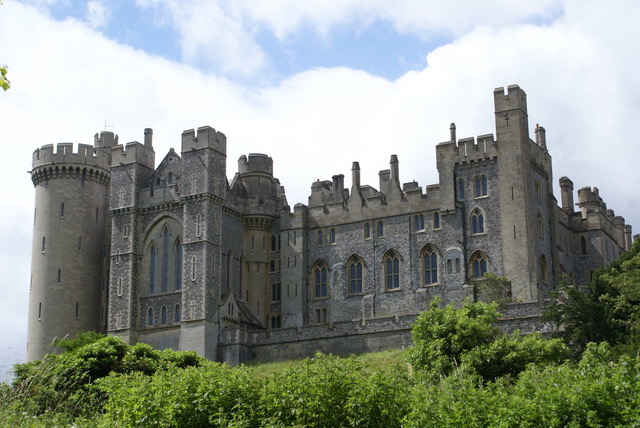
Cainewood Castle is loosely modeled on Arundel Castle in West Sussex. It has been home to the Dukes of Norfolk and their family, the Fitzalan Howards, since 1243, save for a short period during the Civil War. Although the family still resides there, portions of their magnificent home are open to visitors and more than worth a detour to gape at.
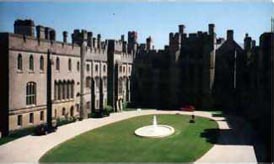 View of the quadrangle.
View of the quadrangle.
More pictures of Arundel Castle
Leslie Castle, Scotland
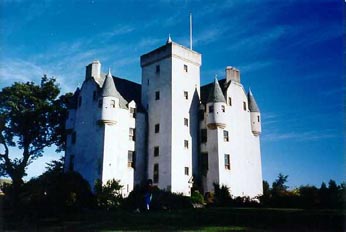
Caithren's home was inspired by the real Leslie Castle in Scotland. Sadly, the charming little castle is no longer open to the public, but I was fortunate to stay there when it was still being run as a luxurious B&B. Set at the west end of the Bennachie Range, thirty miles from Aberdeen, Leslie was the original seat of Clan Leslie. The current castle, a turreted 17th century baronial house, is the third fortified building on the site since 1070. By the time of my story, the property had fallen out of Clan Leslie hands…but, fanciful as I am, I like to imagine that perhaps a minor Leslie family such as Cait's might have lived there. In 1979, the decaying roofless ruin was acquired by a member of the Leslie family and restored to its former fairy-tale beauty.
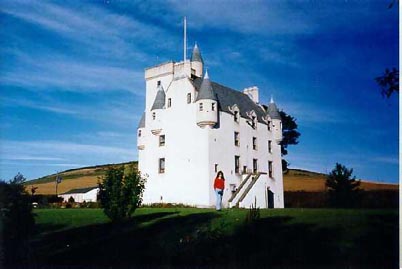
The Crown Hotel, Bawtry
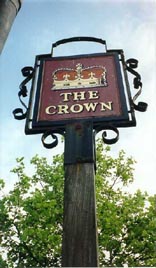
For over 300 years this picturesque coaching inn has played host to travelers, business people, and craftsmen as they journeyed on the Great North Road. Its cosy charm lured notable guests including Daniel Defoe, author of Robinson Crusoe and the infamous Dick Turpin, the highwayman. Today, it still offers travelers and tourists a comfortable retreat and is a nice play to stay the night or take a meal in either the formal restaurant or the traditional, oak paneled Crown Bar.
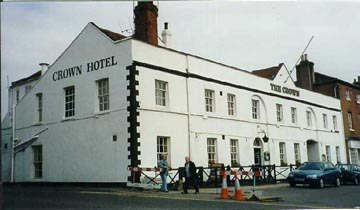
Saracen's Head Inn & The Queen's Head, Newark-on-Trent
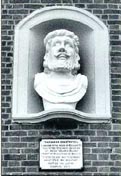
In Newark, the Saracen's Head inn dated back to 1341 and was run by the
Twentyman family from 1590 until 1720. As told by my fictitious Mrs.
Twentyman in How to Undress a Marquess, their name really was originally Lydell
and changed when one of them pole-axed twenty men. And the true tale told
in my book of the little drummer boy saving Newark from capture is still
told today. A frequent visitor, Sir Walter Scott mentioned the inn in his
novels and his diary, calling the landlord a man of the most
gentlemanly manners.
The Saracen's Head finally closed in 1956, and
the building is now used as a bank, but a Saracen's Head
bust on
the facade attests to its previous use.
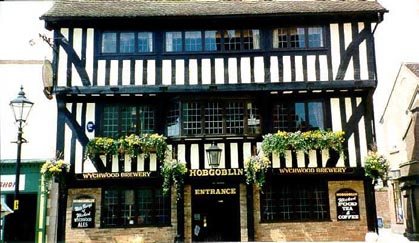
As for the tunnels under Newark's marketplace that appear in the story,
the one supposedly haunted by the ghost of a monk does not actually lead
from the Saracen, but rather from the 16th century Queen's Head inn. There
are no recent sightings of this ghost, but the last landlord did complain
of strange noises coming from the cellar and a door that seemed to open
itself in the middle of the night. Employees claim that bottles have been
moved and hesitate to go into the cellar on their own. And one customer
swears he saw someone not of this world
standing on the stairs.
Although the distinctive round Queen's Head sign still swings beneath the
eaves of the building, it is currently operated as part of the chain of
Hobgoblin pubs. A nice place to stop for lunch and—who
knows?—maybe a bit of a scare!
The Angel, Grantham
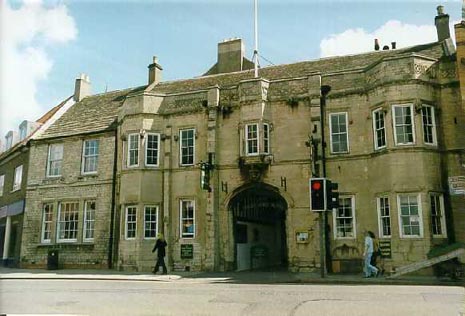
Although it was just The Angel during the 17th century, Grantham's oldest inn is now called The Angel and Royal. The grounds originally belonged to the Knights Templar, and from 1212 until the dissolution of their order in 1312, it was a hostelry for royal travelers, merchants, and pilgrims. King John and his train of courtiers held court at The Angel in 1213, Richard III signed the death warrant of the Duke of Buckingham there in 1483, and the inn enjoyed a royal visit from Charles I in 1633. In 1866, Edward VII paid a visit to The Angel, and it was then that it became known as The Angel and Royal. One of the inn's most-told stories is that in 1707, the landlord Michael Solomon died and left a legacy of forty shillings a year to pay for a sermon to be preached against the evils of drunkenness every Michaelmas Day. To this day, the annual payment is made and the sermon preached. This handsome and historic inn is still a popular place to eat and stay.
The Bell Inn, Stilton
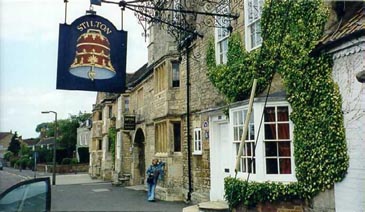
The Bell Inn in Stilton dates back to 1500, and the current building from
1642, the year in which the Civil War began. There is still a Roman well
in the courtyard, topped by a charming thatched roof. Alas, the inn's
black cat in How to Undress a Marquess was invented, but inspired by one who
roamed the grounds during my visit. One popular 18th century
tale has infamous highwayman Dick Turpin hiding at the Bell for nine weeks
while hunted by the law. Supposedly, when surprised by a raid, he threw
open the window and jumped onto Black Bess to gallop up the Great North
Road. But the Bell Inn is most famous for Stilton Cheese and the man who
popularized it, Cooper Thornhill, the inn's landlord during the mid-1700s.
The cheese was first made by Thornhill's sister-in-law, a housekeeper in
Leicestershire. Mites and all, he served it at the Bell and named it after
the village. Soon the cheese's fame began to spread, and by the time
Daniel Defoe wrote his Tour Through The Whole Island of Great Britain
(1724–27), he could say he passed through Stilton, a town famous
for cheese.
In the 1980s, the inn was restored using the original
plans. Today it is a charming place to stay or take a meal while absorbing
some of its history, and a frequent host to politicians, actors, and pop
groups.
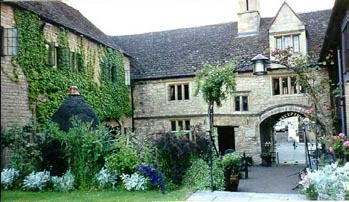 The Bell Inn courtyard.
The Bell Inn courtyard.
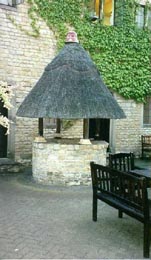 Roman well in the courtyard. (Caithren's
Roman well in the courtyard. (Caithren's clootiewell.)
Other Inns in How to Undress a Marquess
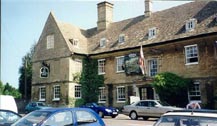 The Haycock Hotel, Wansford
The Haycock Hotel, Wansford
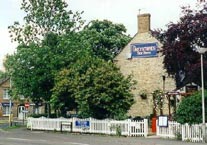 Greystones, Sawtry
Greystones, Sawtry
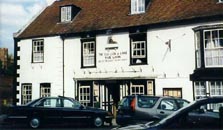 The Lion, Buckden
The Lion, Buckden
Lindsey House, London
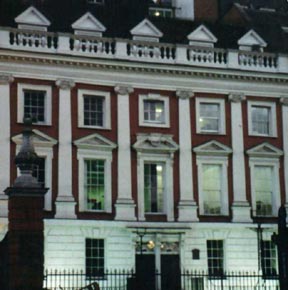
For their London town house, the Chases have borrowed Lindsey House bordering Lincoln's Inn Fields. Attributed to the esteemed architect Inigo Jones, it is the only original house left in the square. The house takes its name from Robert, 3rd Earl of Lindsey, who purchased the property in the 1660s from the family of Sir Theodore Mayerne, who had been doctor to James I and Charles I. There have been various distinguished occupants since, including James Whistler, who painted the famous portrait of his mother there.









